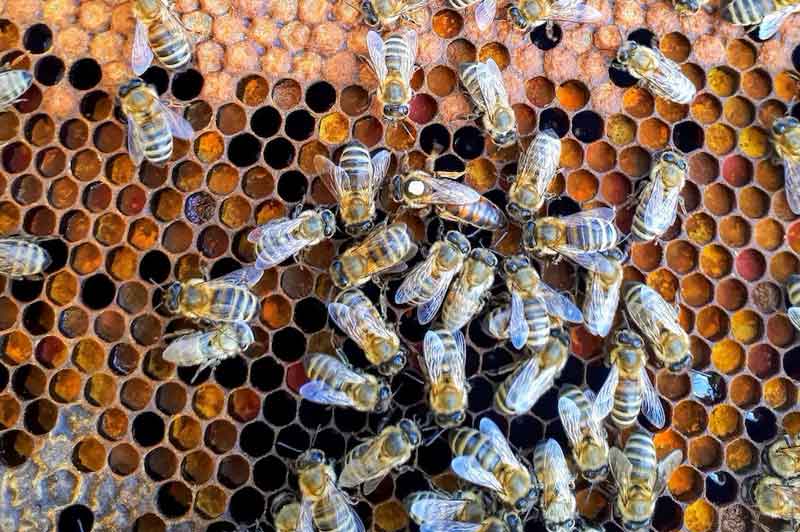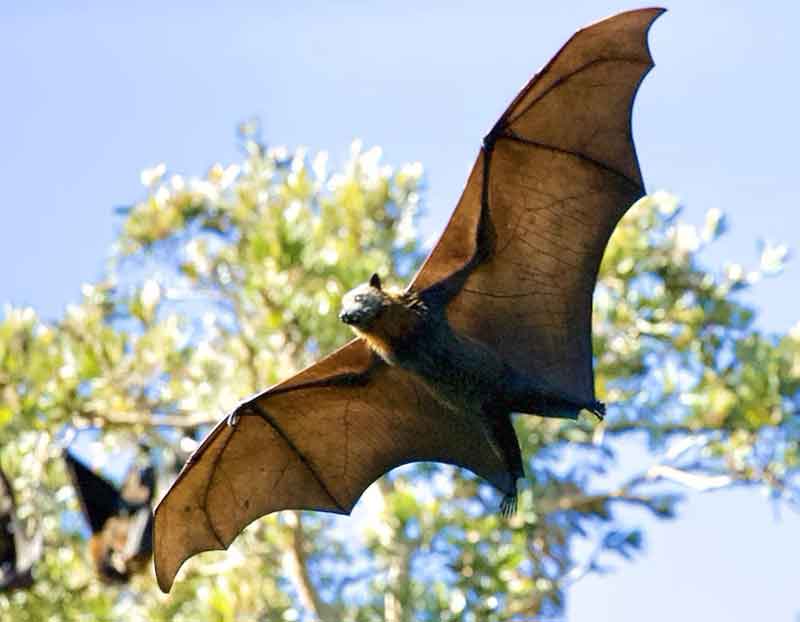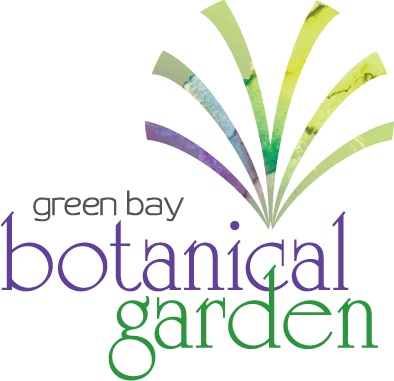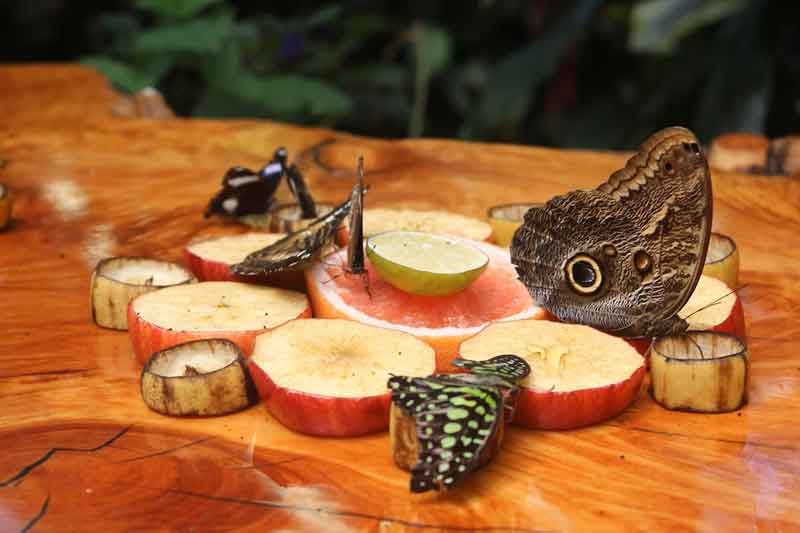In our Butterflies & Blooms exhibit, butterflies have a buffet of meals they can munch on. Nectar, sugar water and overripe fruits like bananas and blood oranges keep these creatures feeling satisfied with their favorite meals. But what about other pollinators? Honey bees, hummingbirds, moths and bats all consume nectar and help with the pollination process as well. However, just like butterflies, these animals have other favorite foods, too.
Here are four animals and the snacks they indulge in, when they’re not dining on pollen or nectar:
Honey Bees

Most honey bee larvae eat honey, but larvae that are chosen to become future queens will be fed with something called “royal jelly.” Royal jelly is produced by young, female worker bees, and it consists of pollen and chemicals from the bees’ glands. Worker and drone bees are fed royal jelly during the first few days of their larval development, but future queen larvae have royal jelly throughout their development.
The larvae that are chosen to be queen bees grow twice the size of an ordinary honey bee because of their pure royal jelly diet. Queens can survive for five years and lay up to 2,000 eggs each day because of royal jelly’s rich nutritional value!
Hummingbirds

Sap from sugar maple trees and maple syrup are readily enjoyed by these fast-moving creatures. Just like butterflies, hummingbirds also enjoy juice from over-ripe fruits — especially apples, pears and oranges. When hummingbirds do swoop in toward flowers to get nectar, they munch on small insects in the air and bugs hidden inside blooms.
Moths

Contrary to popular belief, adult moths do not eat clothes — only the larvae and caterpillars sometimes leave holes in shirts or pants. Moths that emerge from their chrysalises suck on honeydew, juices of decaying fruit, tree sap, manure liquids, animal droppings or feces.
They focus on foods that are rich in sodium or minerals, which is why they sometimes land on people because they drink their sweat!
Bats

A majority of bats are called insectivores, which means they eat — you guessed it — insects! But some bats that are a part of a group called frugivores are pollinators and like to eat fruit and seeds. Their favorite foods are figs, mangoes, dates and bananas, and similar to the butterflies in our exhibit, they have been spotted drinking sugar water, too!
It seems like different pollinators have more in common than we realize — especially when it comes to what they all consider fine cuisine. A lot of them have a sweet tooth and a knack for sugary things. Learn how you can attract butterflies and other pollinators to your living space by visiting Butterflies & Blooms this summer (daily from 10 am-5 pm through August 31) or by checking out our “Build a Butterfly Sanctuary” blog.
Sources





